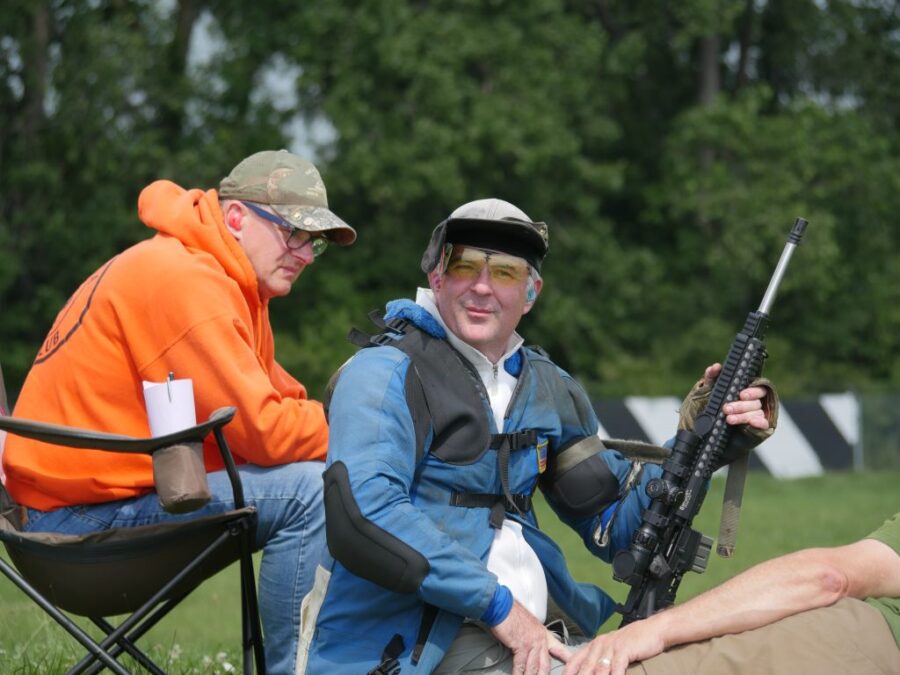And The Surveys Say ...
It’s true — there are lies, damned lies and statistics. And then there are surveys and polls. Regardless of your view of these measures, they do — however — provide a (ideally, accurate) snapshot of public opinion.
Two recent surveys conducted by Pew Research Center and Rasmussen Reports give us a glimpse of what the American public thinks about firearms ownership and their view on restrictions.
Preferences
A Pew Research Center survey conducted in June 2023 (published Sept. 13) revealed some key findings about Americans’ views of firearms ownership, policy and other subjects.
This survey asked respondents about firearms ownership, with four-in-ten U.S. adults sharing they lived in a household with a gun — including nearly a third (32%) who said they personally owned one. According to Pew Research Center, these figures are virtually identical to the last time this question was asked in a 2021 survey.
Republicans and Republican-leaning independents are more than twice as likely as Democrats and Democrat-leaning independents to own a firearm (45% vs. 20%). The survey revealed further demographic statistics:
• 40% of men say they own a gun, compared to 25% of women.
• 47% of adults living in rural areas report owning a firearm, compared to 30% who live in the suburbs and 20% who live in urban areas.
• 38% of White Americans own a gun, a larger proportion compared to Black (24%), Hispanic (20%) and Asian (10%) Americans.
Something that will be of little surprise, personal protection tops the list of reasons gun owners provided for owning a firearm. Surprisingly, however, the percentage of those who cited this as the leading reason for making a firearms purchase hasn’t shifted dramatically — rising from 67% in 2017 to 72% in 2023. According to the survey, hunting represents the second most frequent reason for owning a firearm (32%), followed by sport shooting (30%), enhancing a gun collection (15%) or for their job (7%).
Voters Want More Enforcement
Nov. 1, Rasmussen published findings from a national telephone and online survey of 1,020 likely voters on their gun control views. This survey was conducted in the wake of the tragic shooting in Lewiston, Maine, Oct. 25 (which led to renewed calls of greater gun control measures and brought yellow flag laws into focus).
The survey found 44% of likely U.S. voters believe gun control laws would help prevent shootings like the one in Lewiston — an increase from 40% who said so after the May 22 tragic shooting in Buffalo, N.Y. However, 49% of respondents still don’t think stricter gun control laws would help.
The results closely followed party lines. When asked whether passing new gun control laws or stricter enforcement of existing gun control laws would be more effective to reduce gun violence, 71% of Republicans and 58% of Independents favored stricter enforcement of current laws — while 43% of Democrats held the same view. Further highlighting the political divide, the Rasmussen survey also found 44% of Democrats think it’s possible to completely prevent mass shootings (a perspective shared by 21% of Republicans and 19% of Independent voters).
“We’ve maintained for decades if existing gun laws were enforced we wouldn’t need a constant stream of new laws with additional restrictions on law-abiding citizens — which have really not prevented such events, as gun control proponents invariably promise when they push their latest schemes,” noted Alan Gottlieb, Citizens Committee for the Right to Keep and Bear Arms (CCRKBA) chairman.
Implications
The obvious implications from the above: America continues to be deeply divided when it comes to firearms ownership and the best path forward to reduce violence.
The 2024 Election Cycle has been slowly gathering momentum, and it won’t be long until the 24/7 news cycle zeroes in on Election Day — November 5, 2024. We know our opponents are actively trying to eliminate our businesses, and we need to stand together and continue to engage customers, partners and our communities.




